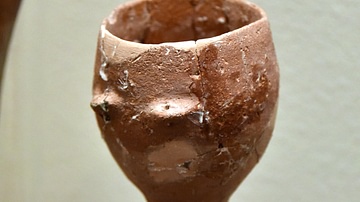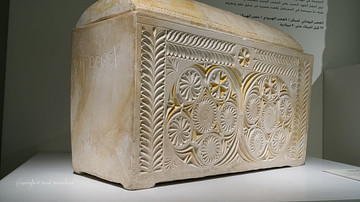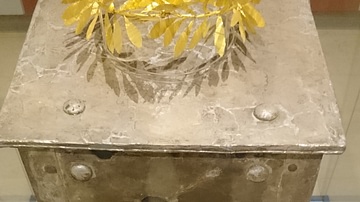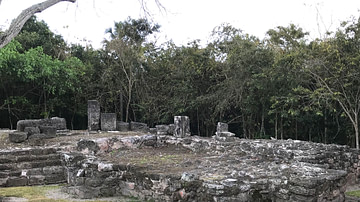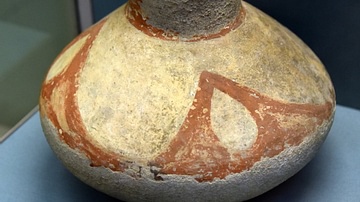Illustration
Chests of this sort were used to contain the bones of individuals in secondary burials. These were burials in which the body had been exposed and allowed to decay before the bones were gathered. At Azor, on the coast of Israel, a rock-cut tomb was found containing some 120 intact and fragmentary ossuaries. Many of them, such as this example, were modelled to represent houses, with gabled roofs and windows. From Azor, modern-day Israel. Chalcolithic Period, 4th Millennium BCE. (The British Museum, London)
About the Author
Cite This Work
APA Style
Amin, O. S. M. (2016, April 10). Pottery Ossuary from Azor. World History Encyclopedia. Retrieved from https://www.worldhistory.org/image/4876/pottery-ossuary-from-azor/
Chicago Style
Amin, Osama Shukir Muhammed. "Pottery Ossuary from Azor." World History Encyclopedia. Last modified April 10, 2016. https://www.worldhistory.org/image/4876/pottery-ossuary-from-azor/.
MLA Style
Amin, Osama Shukir Muhammed. "Pottery Ossuary from Azor." World History Encyclopedia. World History Encyclopedia, 10 Apr 2016, https://www.worldhistory.org/image/4876/pottery-ossuary-from-azor/. Web. 18 Apr 2025.




